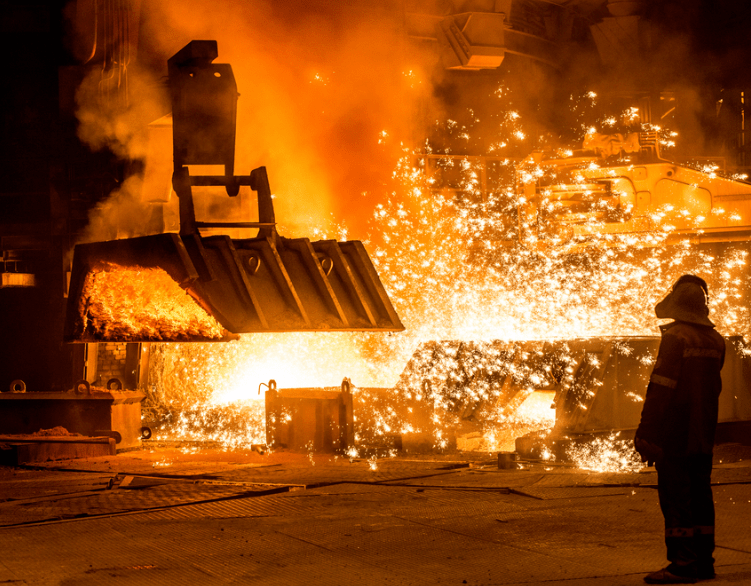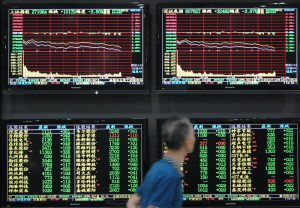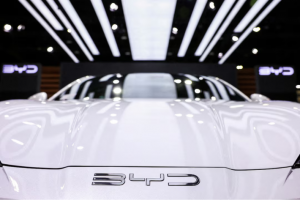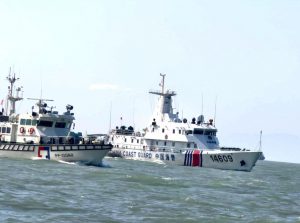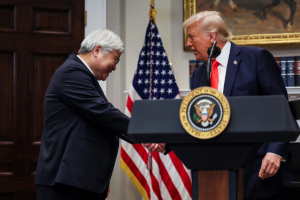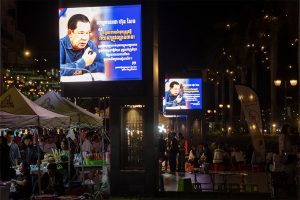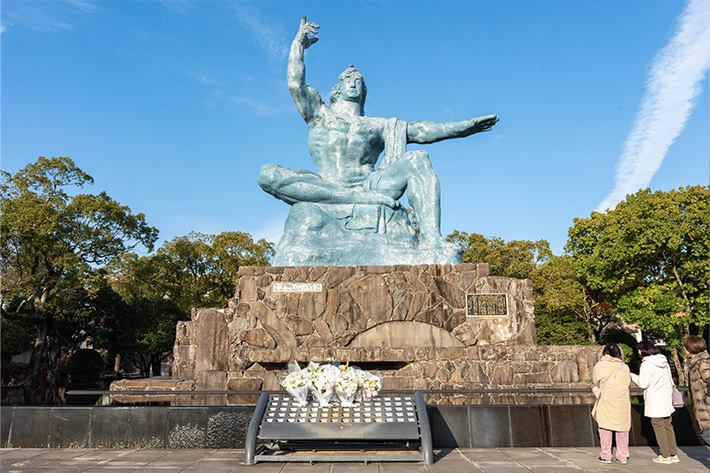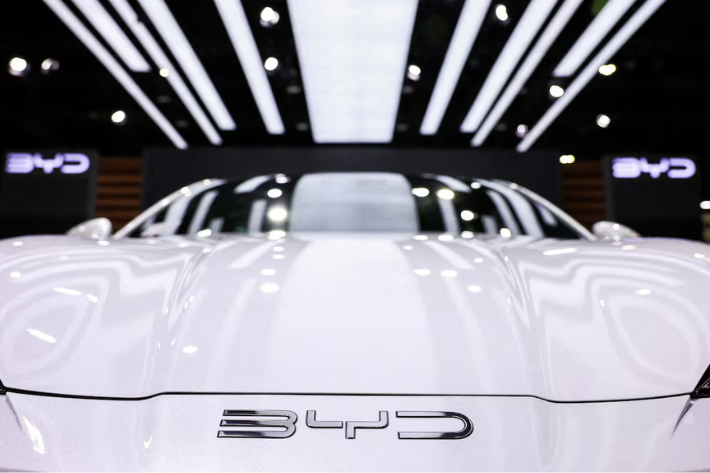China has sped up its shift toward ‘green’ steel production, according to researchers, who said no new coal-based steel projects were permitted in the first half of this year.
The move, they said on Thursday, has been done in preparation for the impact of a new carbon levy on exports to Europe.
Local governments approved 7.1 million metric tons of new steelmaking capacity from January to June, but all of it was for cleaner scrap-based electric arc furnace (EAF) projects, rather than coal-intensive blast furnaces, the Centre for Research on Energy and Clean Air (CREA) said.
ALSO SEE: Taiwan’s TSMC Joins Trillion Dollar Club Amid AI Frenzy
China’s efforts to cut production and recycle more scrap via electric arc furnaces (EAF) could reduce CO2 emissions from the steel industry by 200 million tonnes by 2026. That would be equal to the entire emissions of the EU steel sector, CREA said.
CBAM levies could total $811m by 2030
China’s steel sector – by far the world’s biggest, producing about half the world’s annual output – is under growing pressure to decarbonise.
It is expected to join China’s emissions trading scheme this year, and exports to Europe will be subject to the Carbon Border Adjustment Mechanism (CBAM) starting from next year, which could make them 11% more expensive by 2030.
“Chinese steelmakers targeting the EU market will need to take action to reduce the carbon intensity of their products in order to maintain competitiveness,” Xinyi Shen, the report’s co-author, said.
Europe introduced CBAM in order to tackle the problem of “carbon leakage”, which allows businesses to avoid carbon costs by sourcing products from countries with weaker climate compliance.
Starting from 2026, importers of steel, fertiliser, cement and chemicals will pay levies based on the carbon footprint of the products they buy.
Researchers at China’s Institute for Global Decarbonization Progress (iGDP) said last week that China’s steel industry could face up to 5.9 billion yuan ($811.09 million) in total CBAM levies by 2030, depending on how much it cuts emissions.
Traditional blast furnace steel could face levies of around 250 yuan per ton by 2030, but scrap-based EAF would not yet face any additional charge, it said.
US tariffs on Chinese metals imported via Mexico
In May, US President Joe Biden tripled tariffs on Chinese steel and aluminium imported directly to the United States. And on Wednesday, the US announced that it would impose tariffs on metals imported from Mexico that are partly made in China.
Officials said the move would close a loophole that allowed cheap, state-subsidized Chinese metals to get around US tariffs. The US will now impose a 25% tariff on Mexican steel that is melted or poured outside of north America.
Aluminium coming into the US via Mexico will also face a 10% tariff if it contains metal smelted or cast in China, Belarus, Iran or Russia, according to Lael Brainard, director of the White House’s National Economic Council, the New York Times reported.
“Administration officials said that 3.8 million tons of steel came into the United States through Mexico last year, and that overall steel imports from Mexico had been on the rise. About 13% of Mexican steel imports into the United States last year were melted or poured outside of North America, according to the White House,” it said.
Mexico will also seek more information on metals imported into the country, while industry groups in the US look set to push for higher levies on these imports, as some feel the latest tariffs are not tough enough.
Analysts, meanwhile, have said that growing recognition by people in the US and Europe that China is providing vital support to Russia during its war on Ukraine looks to have strengthened resolve in the West to impose tougher tariffs on Chinese exports such as electric vehicles, steel and other commodities.
- Reuters with additional input and editing by Jim Pollard




